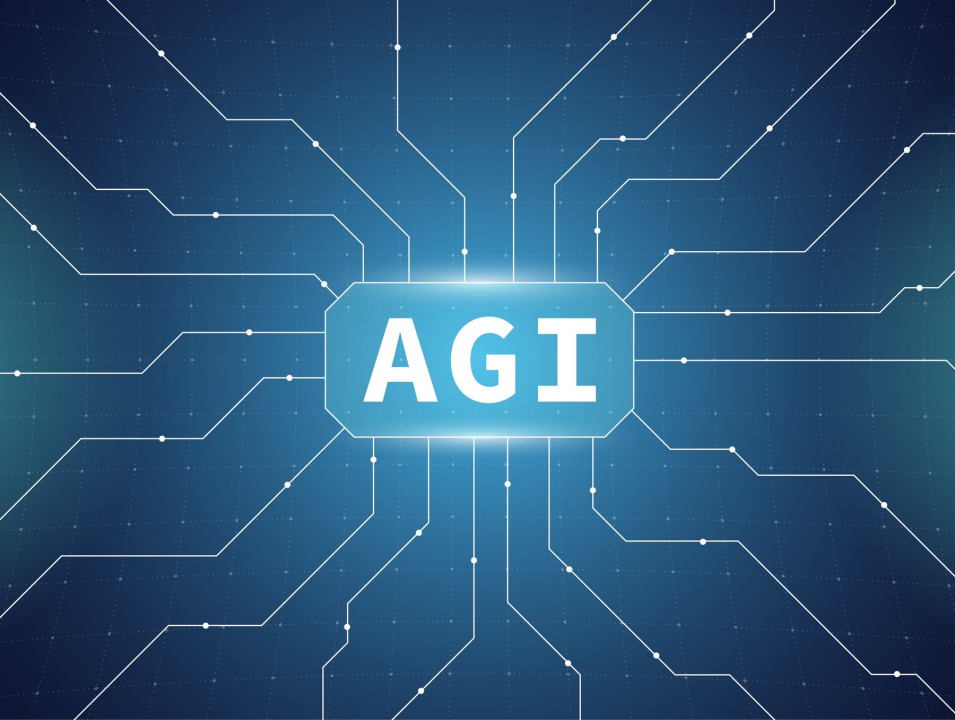Introduction
Artificial General Intelligence (AGI)—the creation of machines capable of reasoning, learning, and adapting across any intellectual domain—remains one of the most ambitious goals in science and technology. While AGI’s promise captures the imagination, its development is complex, controversial, and ongoing. Recent years have seen staggering advances, but true AGI remains elusive. In this article, we examine the leading labs, breakthroughs, roadblocks, and debates shaping where we stand on the journey to AGI.
The Global Landscape of AGI Research
Key Players
Several organizations and institutions are at the forefront of AGI research and development:
- DeepMind (Google): Known for reinforcement learning milestones (AlphaGo, AlphaZero, MuZero) and pioneering work on neural networks and world modeling.
- OpenAI: Creators of GPT models (GPT-3, GPT-4, GPT-5), which demonstrate impressive general language capabilities and are a frequent subject of speculation regarding AGI milestones.
- Anthropic: Focused on constitutional AI, safety alignment, and transparent systems for scalable, robust AGI.
- Meta AI (FAIR), Microsoft Research, Baidu, Tencent, and various national initiatives: Each is driving critical work in multimodal AI, robotics, and scalable learning.
Technical Breakthroughs Fueling AGI Momentum
1. Large Language Models (LLMs)
- Systems like GPT-4 and Gemini synthesize language understanding, generation, and question answering in versatile formats.
- LLMs excel at a range of tasks—writing articles, summarizing documents, coding, and even some “reasoning.”
- Scaling up parameters and training data has led to emergent capabilities, boosting speculation about AGI’s proximity.
2. Multimodal and Multi-Task AI
- New models integrate text, images, audio, video, and structured data (e.g., Gemini, Gato).
- Multi-task learning allows a single system to switch flexibly between domains, reminiscent of general intelligence.
3. Reinforcement and Transfer Learning
- AlphaZero and MuZero showcase AGI-like power by mastering board games with minimal human input.
- Meta-learning research enables rapid adaptation, so AI can tackle “novel” scenarios with little retraining.
4. World Models
- Agents are now learning not only straight tasks but to simulate real-world environments.
- This approach helps bridge gaps in physical intuition and common sense—key for generalization.
5. Robotics and Embodied AI
- Advances in hardware and simulation allow robots to learn, adapt, and generalize skills beyond lab environments.
- Embodied learning introduces AGI-like reasoning through real-world feedback loops.
Major Challenges and Limitations
Despite these advances, current AI systems fall significantly short of AGI. The frontier is marked by hard problems:
- Generalization: While LLMs and multi-modal models perform remarkably, their knowledge is brittle outside training data.
- Reasoning: Deep learning is excellent for correlations, weaker at true causality or abstraction.
- Autonomy: Today’s systems still require human-defined goals and oversight; self-directed goal creation is primitive.
- Common Sense: AI systems routinely make blunders that humans would never conceive, indicating shallow “understanding.”
- Alignment: Scaling intelligence also scales risk; ensuring safety and morality is unsolved.
Recent Benchmarks and Speculation
- OpenAI’s GPT-4: Some researchers claim it “displays sparks of AGI” in linguistic flexibility but still struggles with logic and real-world reasoning.
- Gemini and Gato: Multimodal abilities push toward universal agents but don’t fully cross the threshold.
- Anthropic: Constitutional approaches allow systems to learn ethical boundaries but raise questions about robustness.
Many technologists warn against overhyping AGI’s arrival: current systems remain fundamentally narrow—even if dazzling.
Cold Room Installation Company
Solar Powered Cold Rooms Kenya
Mobile App Developers Nairobi Kenya
